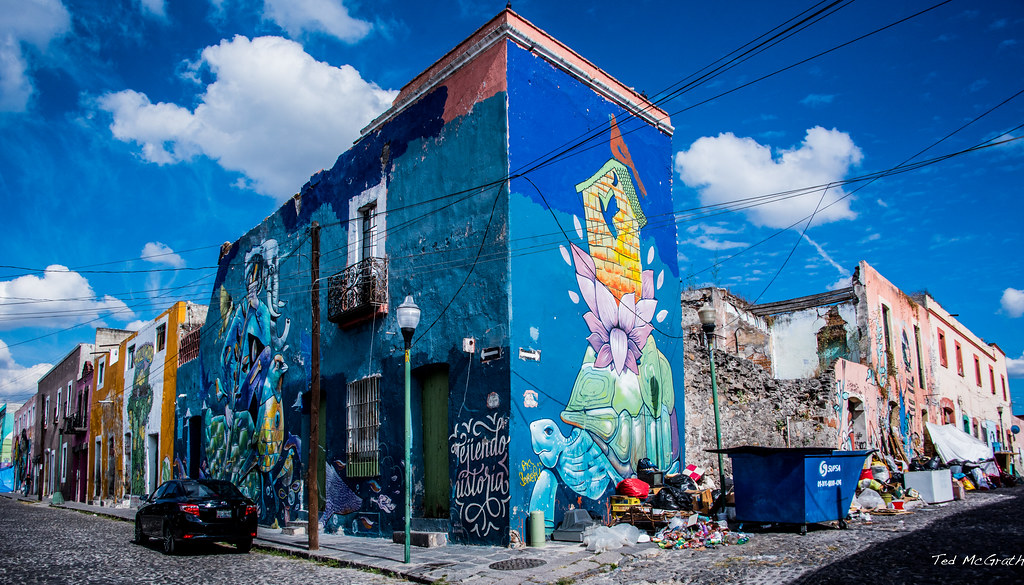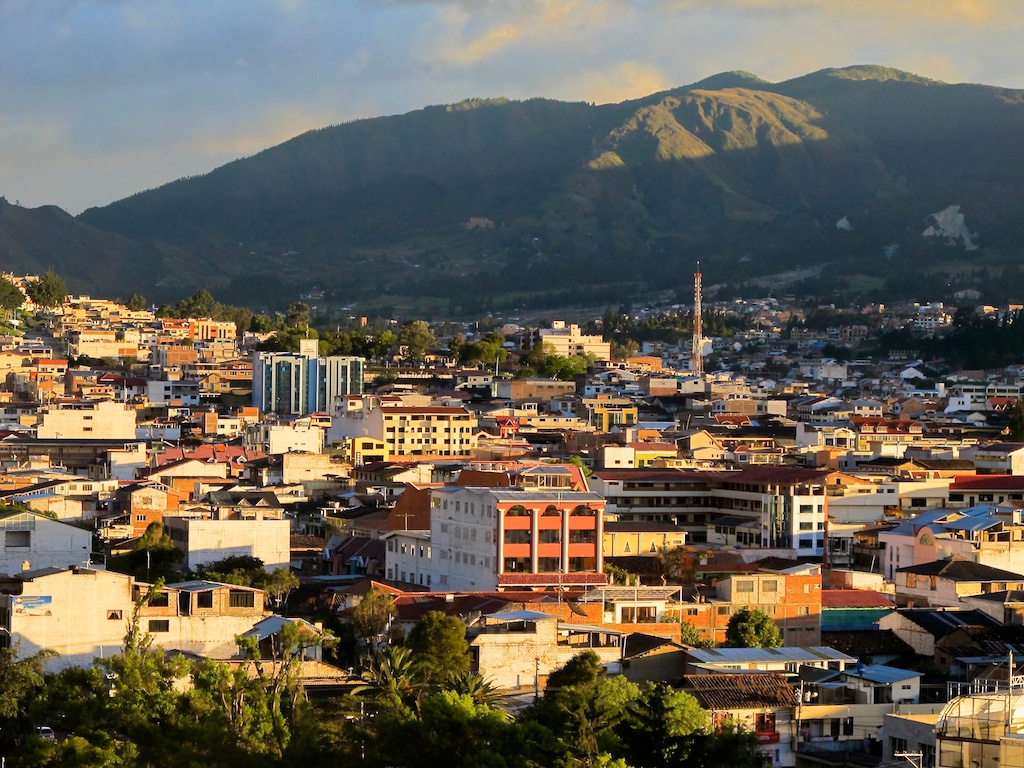MEXICO
PUEBLA

Identity card
- Population: 30,143
- Surface area: 699 ha
- Region: Puebla – Tlaxcala Metropolitan Area
- Country: Mexico
- Contact: (link to member area)

ARCHITECTURAL AND LANDSCAPE TYPOLOGIES
Puebla’s strategic location on an important transport corridor enabled the export of regional Baroque-style architecture in the present-day Centro Historico de Puebla, a fusion of European and indigenous arts, after the 16th century; consequently, its urban design is also influenced by a “Renaissance” grid plan, which exerted considerable dominance in the creation of colonial cities throughout the country
.
This site features important religious buildings such as the cathedral, the churches of Santo Domingo and San Francisco and the Jesuit church, magnificent palaces including the former archiepiscopal palace of the Palafoxiana library, the university, and numerous houses whose walls are covered with brightly-colored tiles, petatillo clay, mortars that adorn the tops of facades and towers, and carved quarry stones that have framed the entrances to important buildings since the 16th century.
TYPOLOGY OF TOURISM SUPPLY AND DEMAND
The site offers recreational, cultural, gastronomic and religious tourism, as well as convention, meeting and exhibition tourism.
The market’s main origin is visits to national sites (81.2%), followed by international tourism (13%). 8% and regional (within the state) by 5%.
In the tourist typology, the main motivations are “vacations” with 44.2%, followed by “tourism” with 27.7%, and “family” with 18.5%. The other minority motives are: “work” 3.6%, “other” 3%, “cultural” 1.5%, “studies” 1% and “gastronomy” 0.5%.
Visitor ages range from 38 to 49 (28.1%), 28 to 37 (27.8%), 18 to 27 (22.6%) and 50 to 65 (16.1%).
“Friends or family are the main means of finding out about Puebla (67.5%), followed by social networks (14.2%), digital media (7%) and others (6.1%).
The ideal means of transport to get around the region is: On foot with a 44. 3%, followed by the Turibus 17.7%, the car 13.5% and the tourist tramway 12.8%. In addition. figure: mixed transport (more than one means of transport) 3.4%, platform cab 2.6%, bicycle 3.1%, cab 1.3%, and other (public transport) 1.3%.


HERITAGE AND TOURISM ISSUES
Heritage
- Livability in the historic center
- The use of land for commercial and tourist purposes encourages inactivity at certain times of the day.
- Degradation of the tourist site: Informal trade and sexual services
- Saturation of public transport: noise, deterioration of streets and buildings
- Historic buildings deteriorated by lack of maintenance
Tourism
- Accessibility (physical barriers)
- Insecurity
- Negative image of the city to the detriment of the environment
- Poorly maintained properties
PILOT PROJECT THEME
Urban vegetation and pedestrian zones in the public space of Puebla’s historic center.


